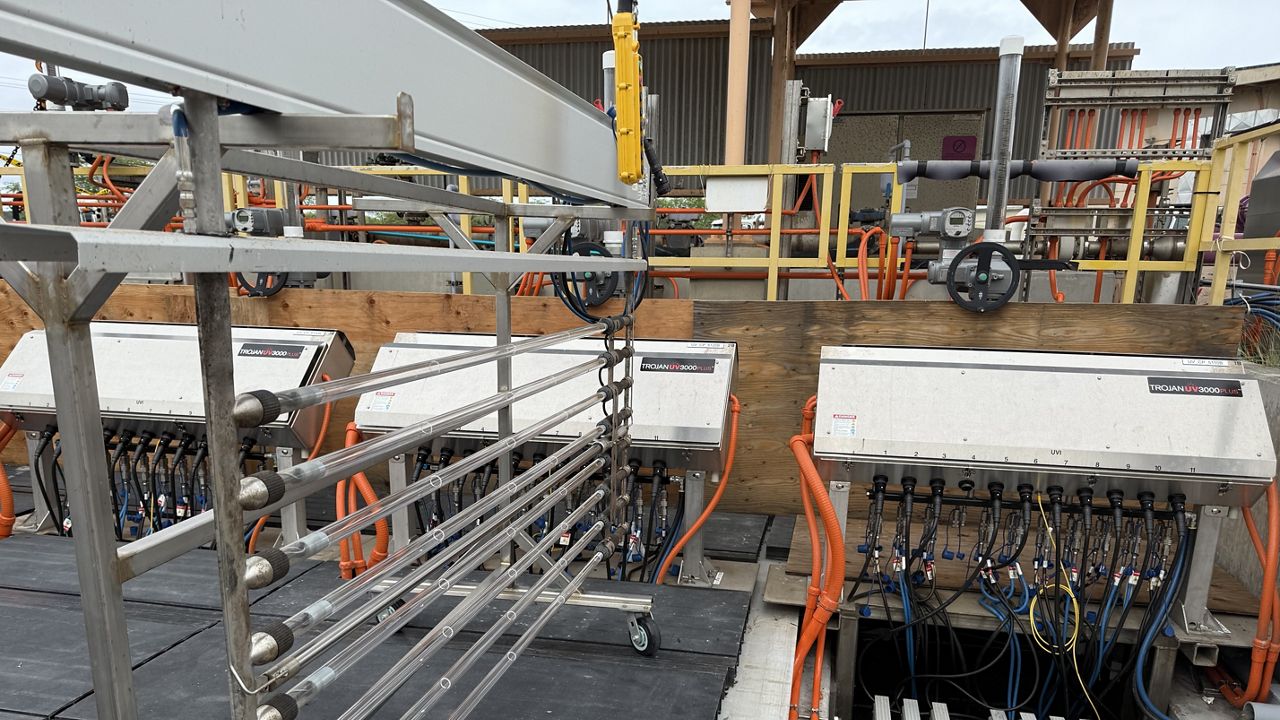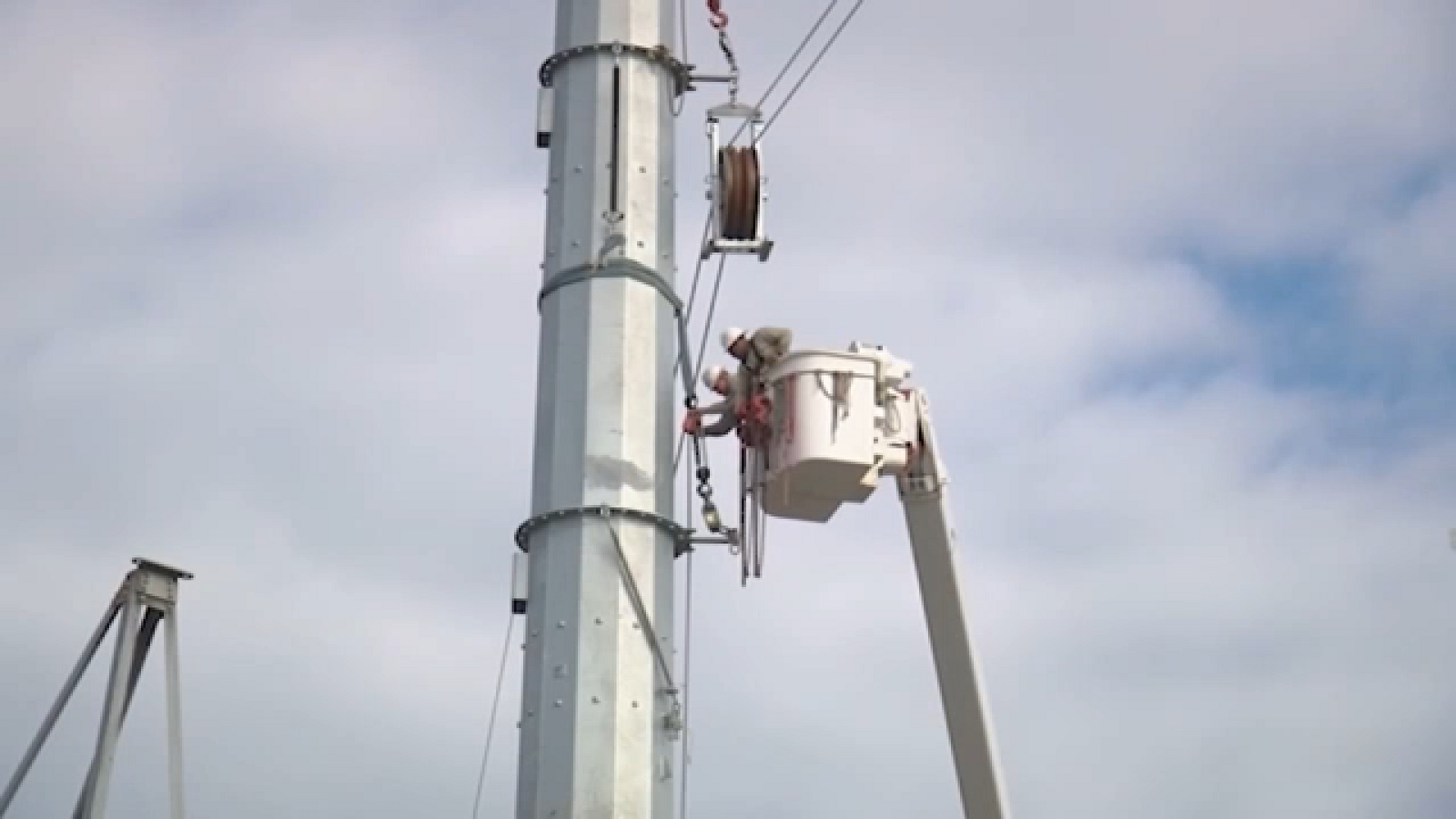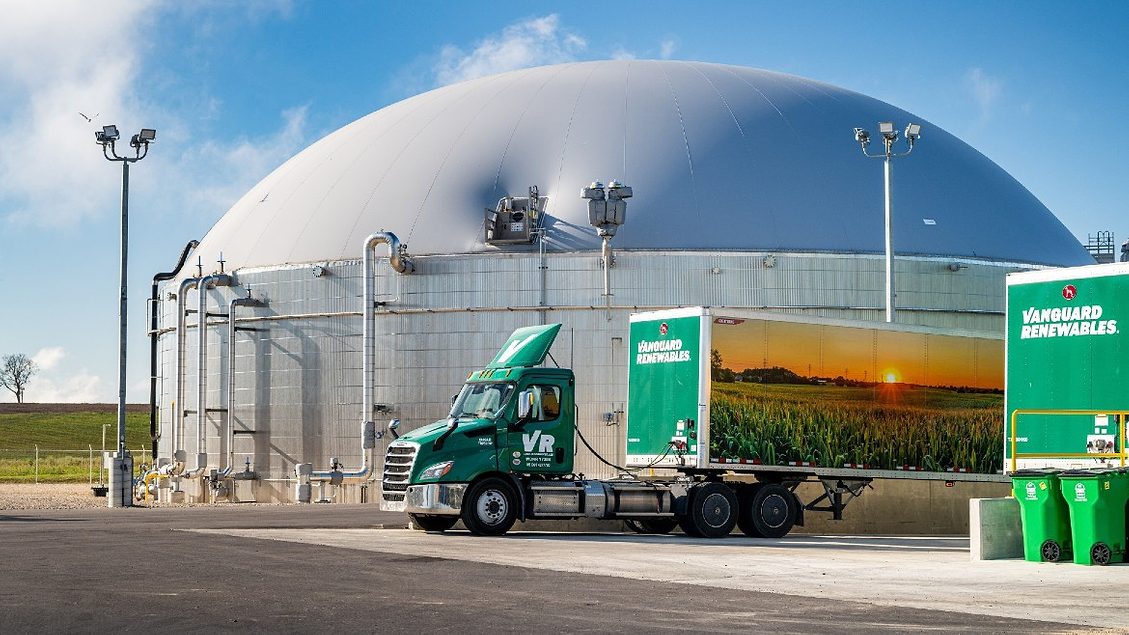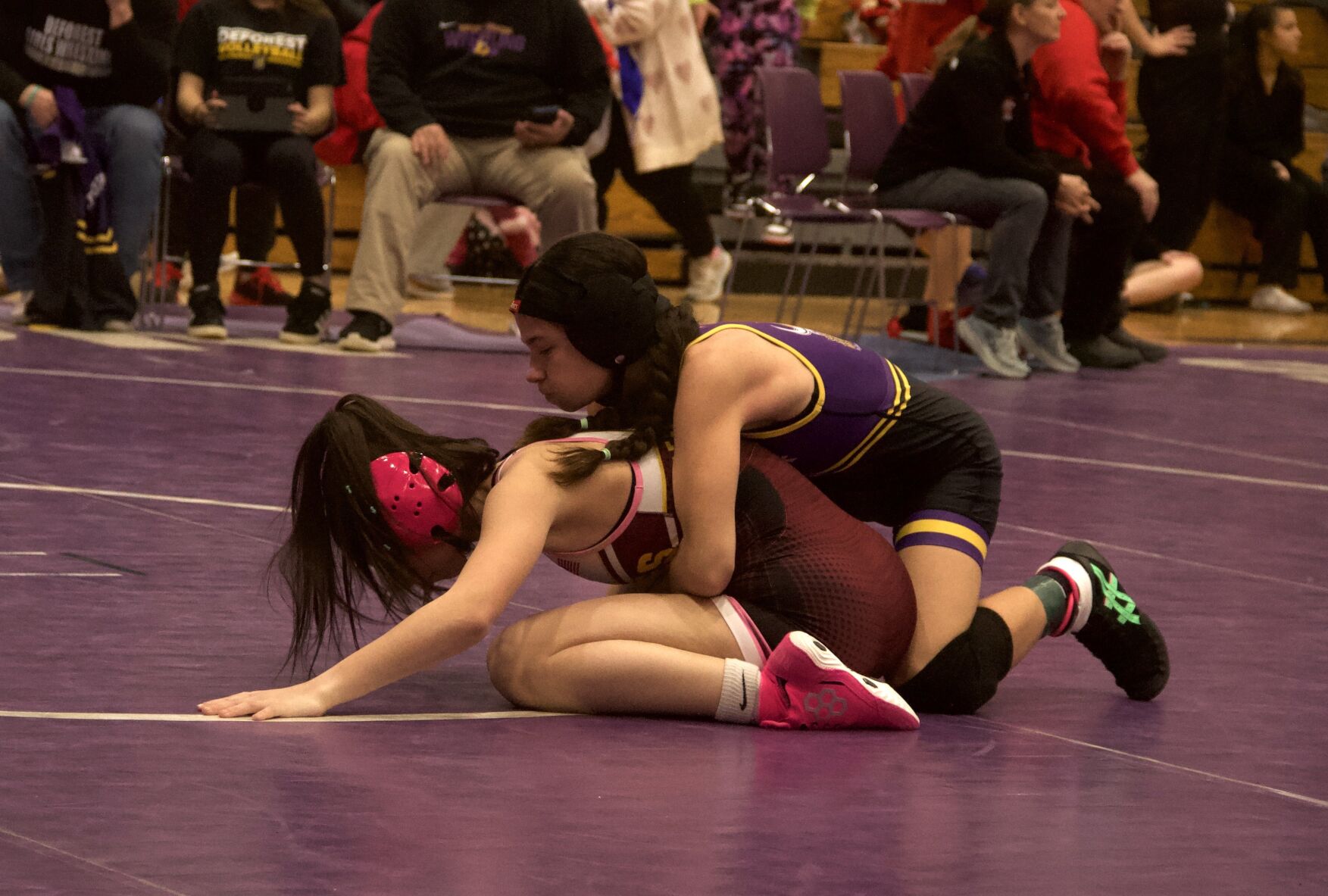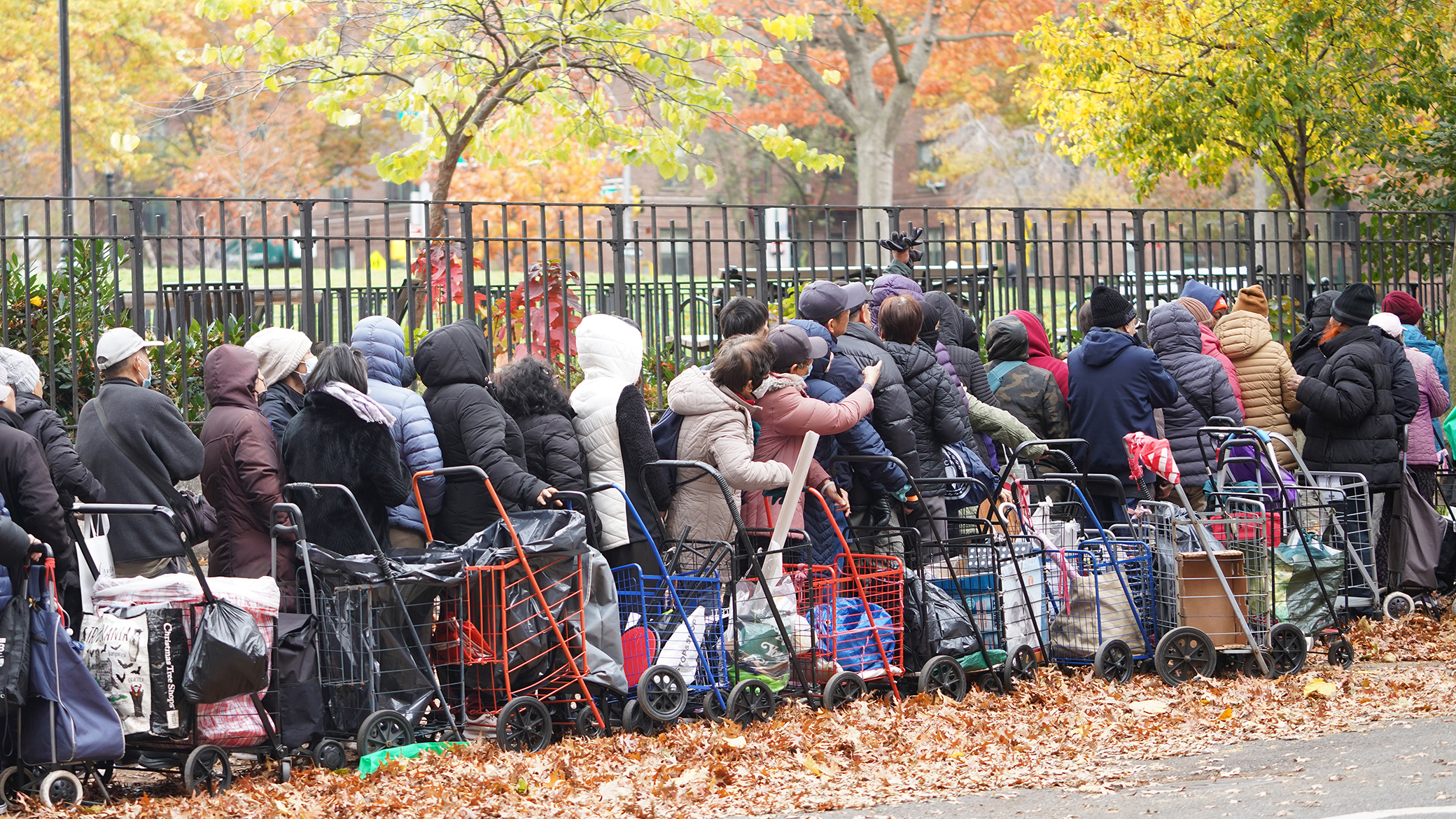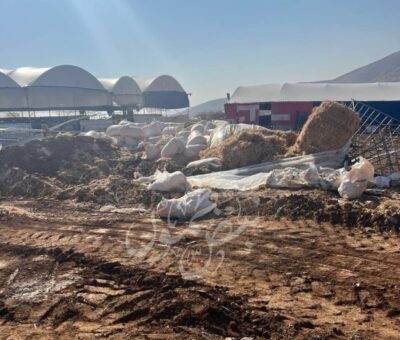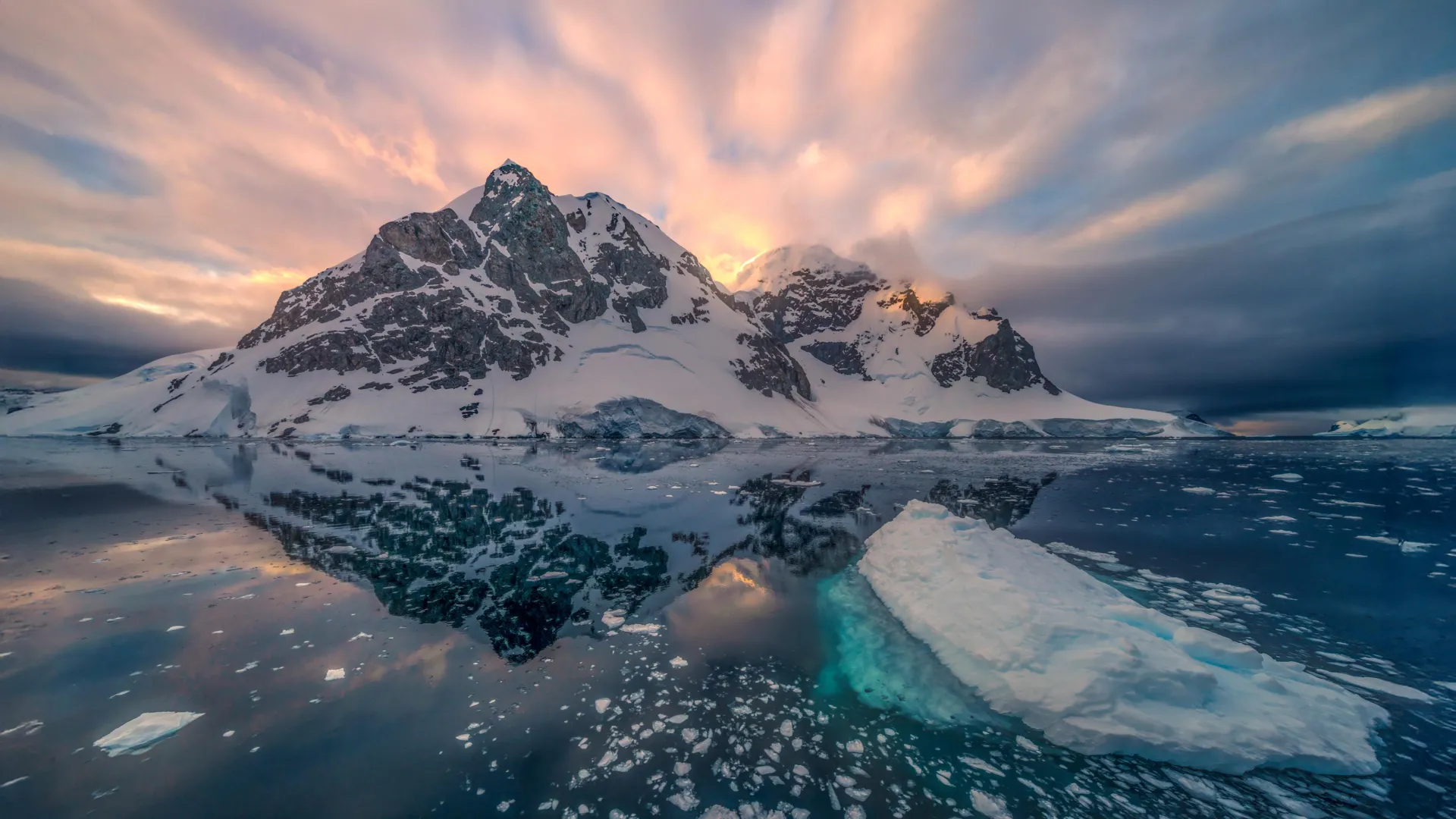Tiny deer and rising seas: How climate change is testing the Endangered Species Act
Rising sea levels in the Florida Keys are threatening the habitat of the Key deer, which has a population of around 1,000. As the deer live in only one place, preserving the species raises ethical and logistical challenges for wildlife managers. Options range from relocating them to the mainland (risking interbreeding) to placing them in zoos. Climate change's impact on wildlife may become secondary to human concerns, raising concerns about the species' survival.

Some people keep dogs in their backyards. In the Florida Keys, some residents have deer the size of a golden retriever in their yards. As sea levels rise and salt water climbs higher on the islands, it's shrinking habitat for this deer — which already has an estimated population of at most 1,000.
Chris Bergh, the South Florida Program Manager with The Nature Conservancy, says the changes in sea level over the past decades have caused pine rockland forests in the Keys, the main habitat for the Key deer, to recede by hundreds of meters.
This shrinkage is raising major ethical and logistical questions for the federal wildlife managers tasked with keeping endangered species like the Key deer alive.
"If you move the Key Deer to the mainland, they'll interbreed with the regular deer and then it's only a matter of generations before you don't have Key Deer anymore," Bergh says. "If you move the Key Deer to a whole series of zoos like people have done with pandas and, you name it, endangered species, you can do that and you can keep them going but at what cost and to what end? Is that really a future for the species, the sub-species?"
Nikki Colangelo, U.S. Fish & Wildlife Service biologist says saving a species requires time, money and community and governmental support.
"The options range from giving up and letting a species go extinct to doing absolutely everything you can and putting animals in zoos or collecting plants and putting them in botanical gardens," Colangelo says. "And I mean, I don't want any species to go extinct on my watch. I don't think any of us do. But like, where is society on that?"
Climate change is posing a threat to thousands of species — especially ones like the Key deer that live in only one place.
Some scientists predict that as society focuses more on the impacts of climate change on humans, animals like the deer will become a second thought.
"You aren't going to be worried about deer when you have to worry about people. That's my concern," says Nova Silvy, a now-retired biologist who spent most of his career studying the Key deer from Texas A&M.
What is Your Reaction?
 Like
1
Like
1
 Dislike
0
Dislike
0
 Love
0
Love
0
 Funny
0
Funny
0
 Angry
0
Angry
0
 Sad
0
Sad
0
 Wow
0
Wow
0




























